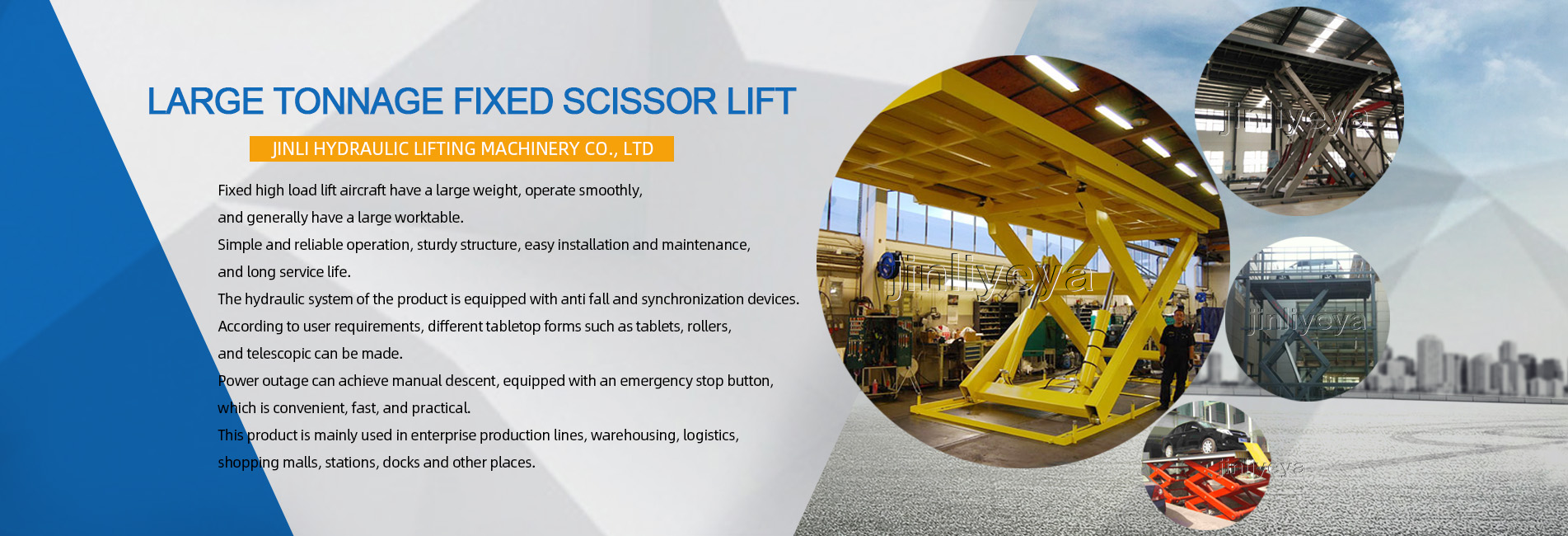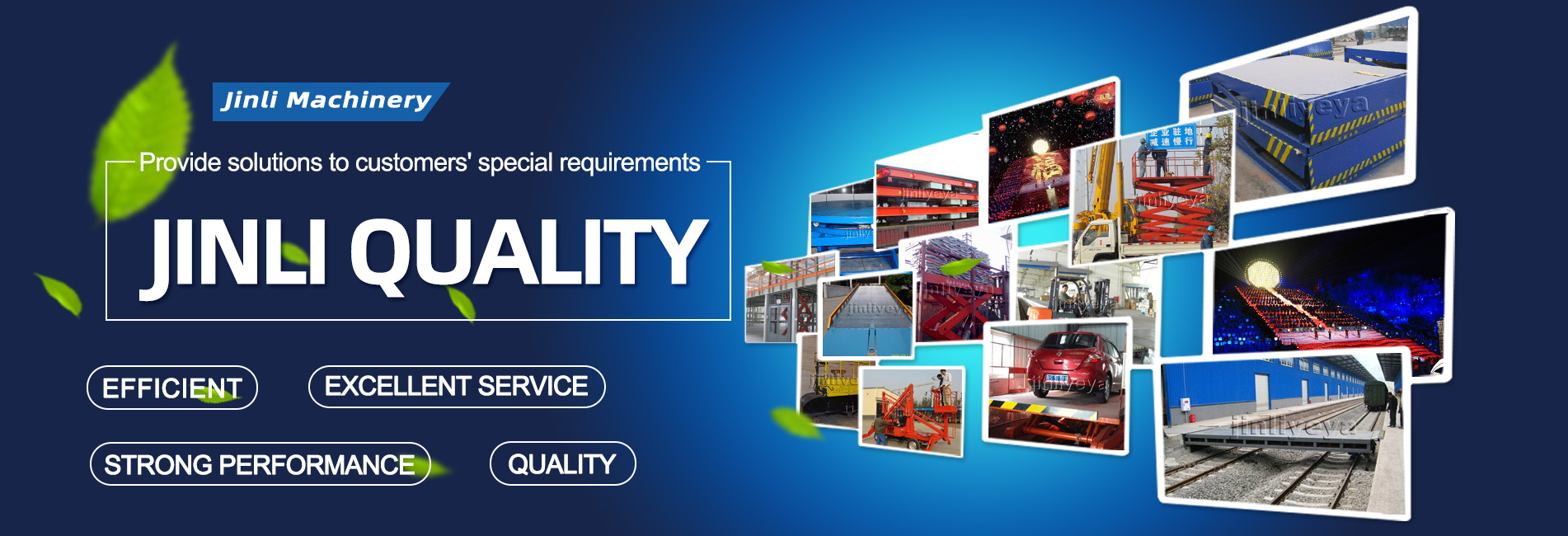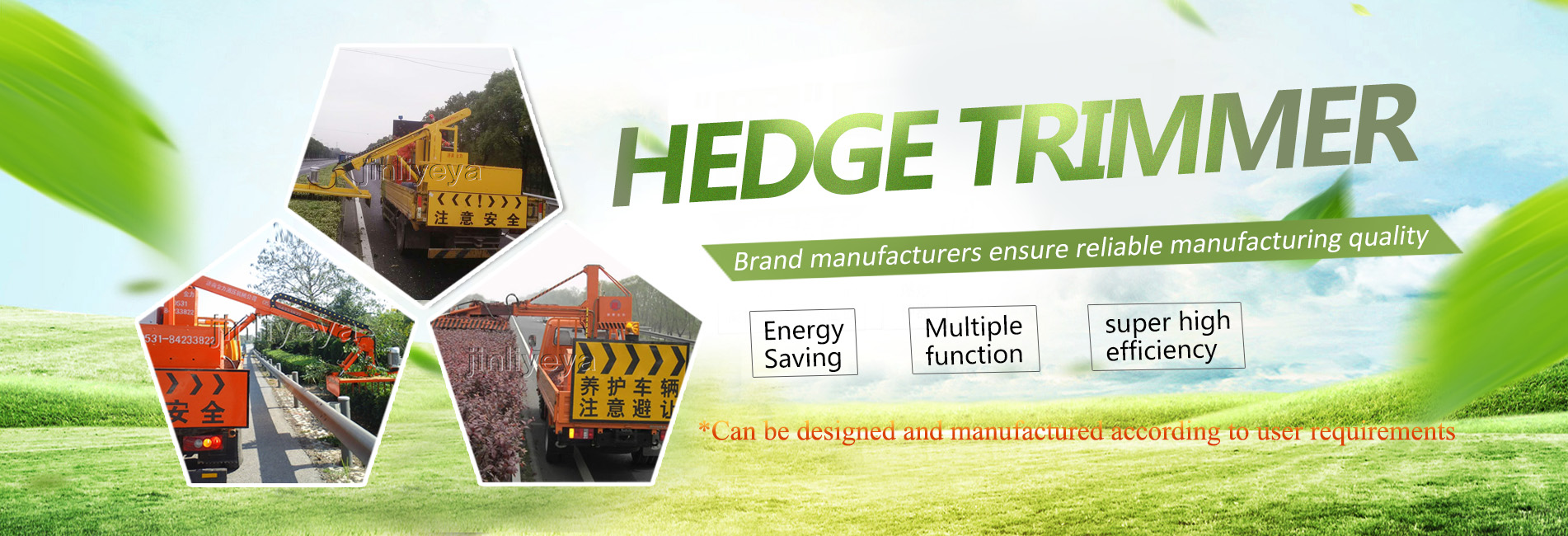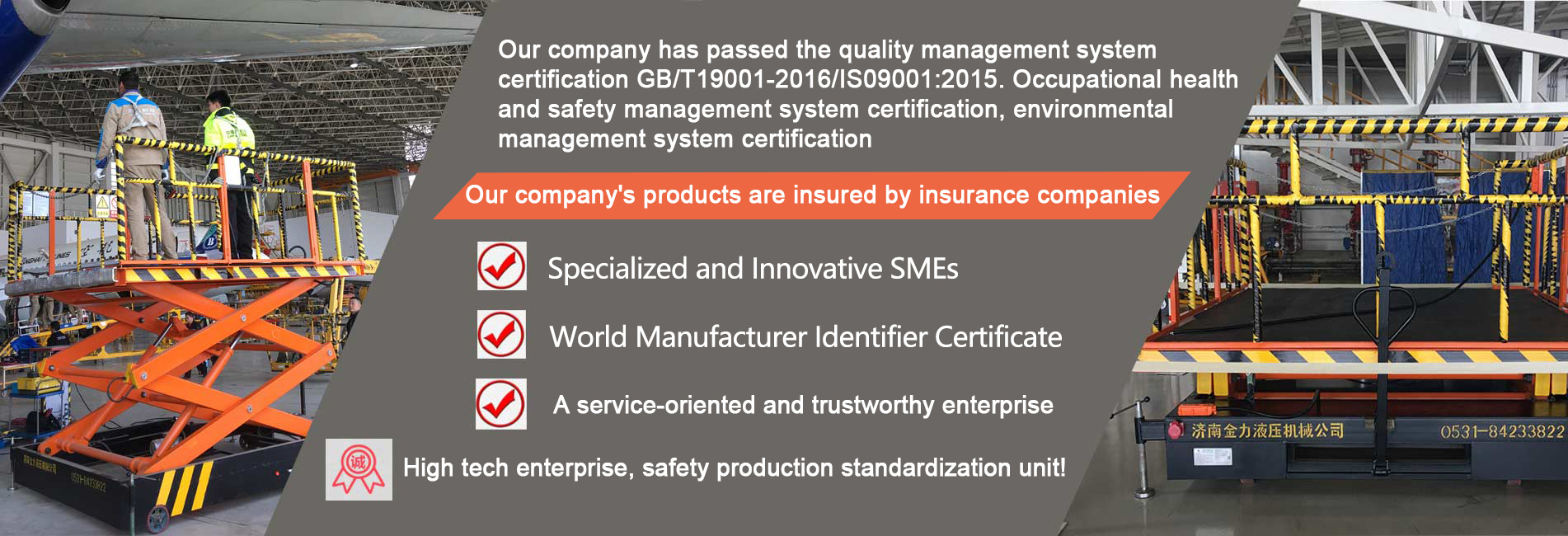Mobile boarding bridges are not unfamiliar to logistics and warehousing enterprises. Cooperating with forklifts to load and unload goods can greatly improve work efficiency, reduce work difficulty, and effectively ensure the safety of goods. Of course, the prerequisite for achieving this effect is that the enterprise can operate the mobile boarding bridge correctly. Unfortunately, many companies often make mistakes when using mobile boarding bridges, resulting in unnecessary damage to the bridges and reducing their service life.
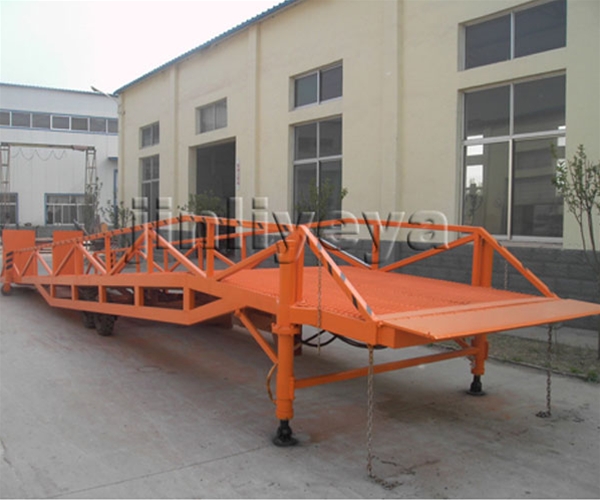
Usually, the operation of a mobile boarding bridge is divided into the following steps:
1. Use hooks on both sides of the boarding bridge lip to secure the mobile boarding bridge to both sides of the truck, preventing the boarding bridge from separating from the truck
2. Place the brake pads on both sides of the mobile boarding bridge behind the tires to prevent them from slipping off
3. Lower the tailboards on both sides of the mobile boarding bridge to make it slope and connect the ground to the truck
After confirming that the equipment is completely fixed, the support frame is stable, and the brake pads are effectively placed, the mobile boarding bridge can be used
5. Use a hydraulic lever to shake the mobile boarding bridge to the desired height, which should generally be higher than the truck box board
6. Invert the truck to the boarding bridge tongue plate area, open the manual pump valve, let the boarding bridge tongue plate slowly fall, press it onto the bottom of the truck cargo box, and then lock the manual pump valve
7. Lower the mobile boarding bridge support bracket to ensure that the boarding bridge is stably supported on the ground
After my introduction today, have you learned more about mobile boarding bridges? If you want to learn more, you can visit our website for consultation or browse other articles.


